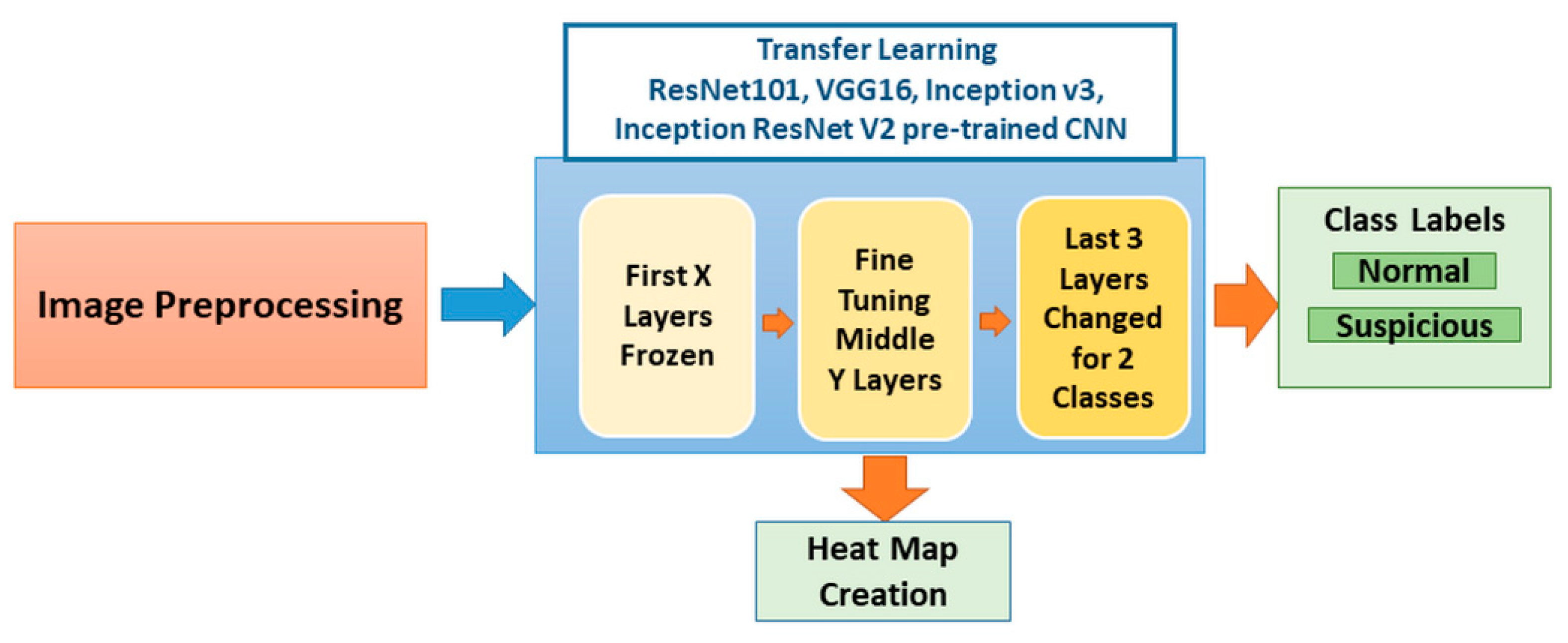
In the mid 1990s a technique known as intensity modulated radiation therapy (IMRT) emerged which further enables tailoring of the 3D dose distribution inside the patient. The goal of radiation therapy for cancer treatment is to irradiate the tumorous regions of the body with sufficiently high levels of radiation while sparing nearby healthy tissues as much as possible. Here we present an open dataset – the first of its kind – to the radiation oncology community, which will allow researchers to compare methods for optimizing radiation dose delivery.


In addition, the original Digital Imaging and Communications in Medicine (DICOM) computed tomography (CT) scan, as well as the DICOM structure file, are provided for each case. The dose-influence matrix is the main entity needed to perform optimizations: it contains the dose to each patient voxel from each pencil beam. We provide the dose-influence matrix from a variety of beam/couch angle pairs for each dataset. We provide datasets for a prostate case, a liver case, a head and neck case, and a standard IMRT phantom. The datasets allow researchers to make one-to-one comparisons of algorithms in order to solve various instances of the radiation therapy treatment planning problem in intensity modulated radiation therapy (IMRT), including beam angle optimization, volumetric modulated arc therapy and direct aperture optimization. We provide common datasets (which we call the CORT dataset: common optimization for radiation therapy) that researchers can use when developing and contrasting radiation treatment planning optimization algorithms.


 0 kommentar(er)
0 kommentar(er)
